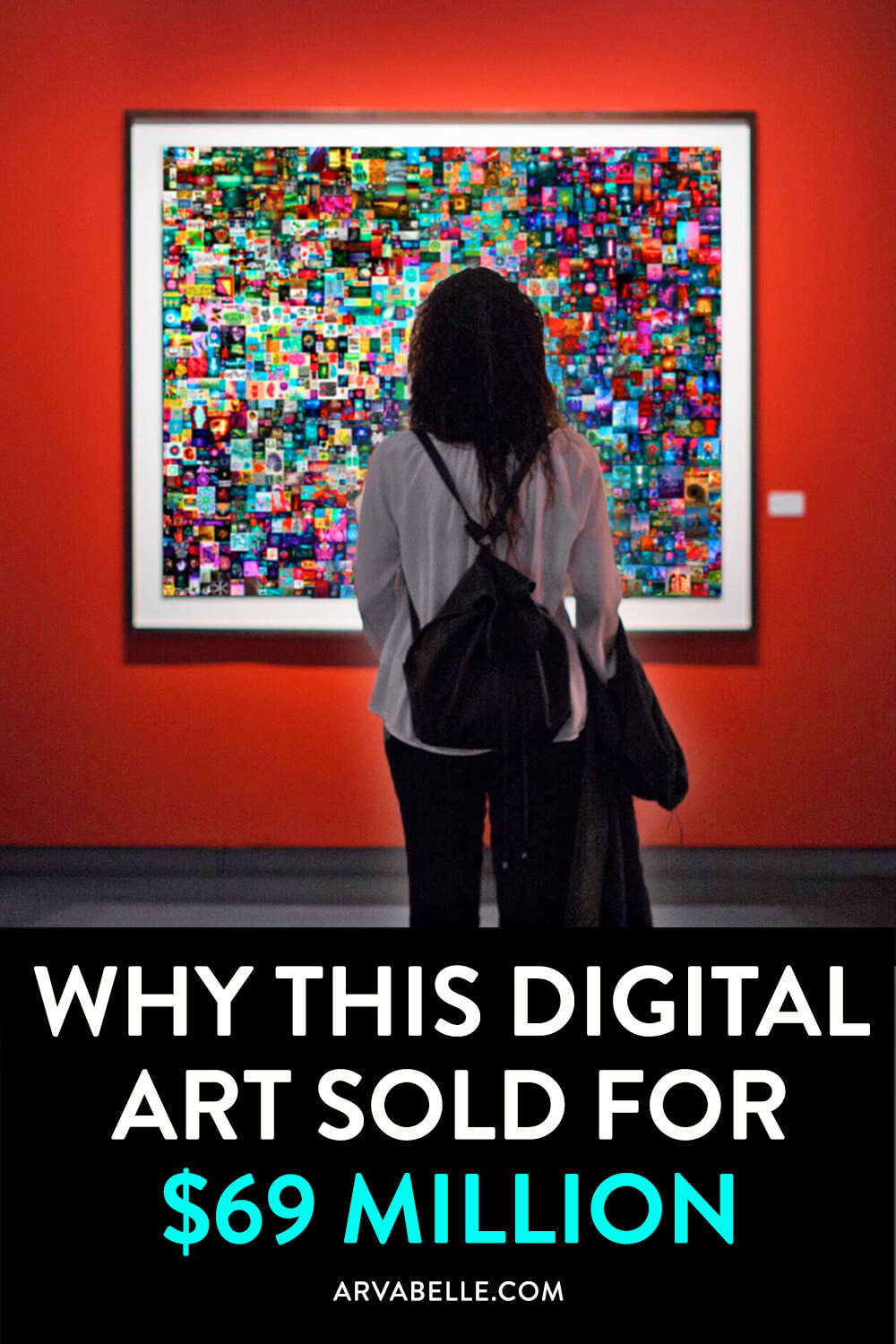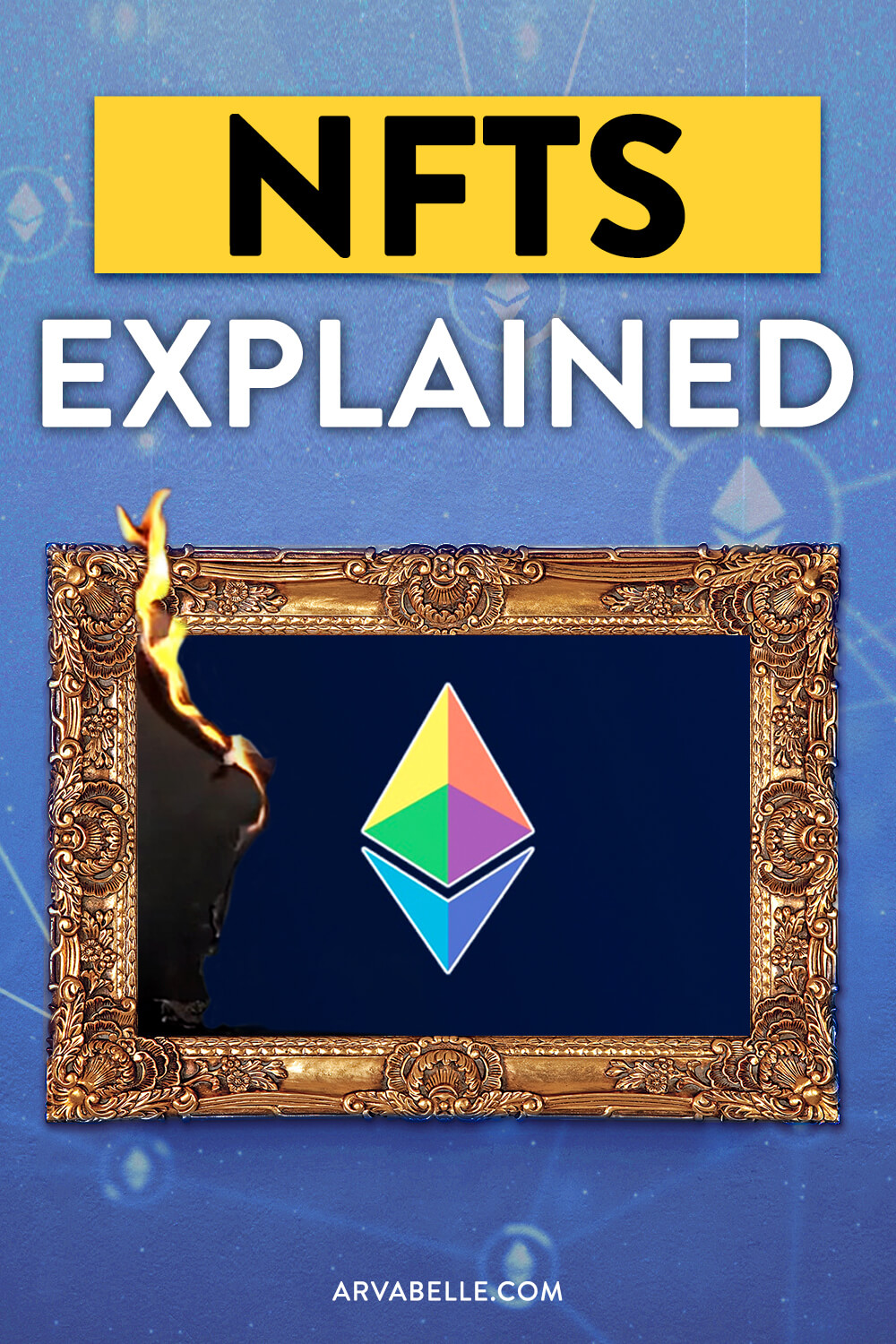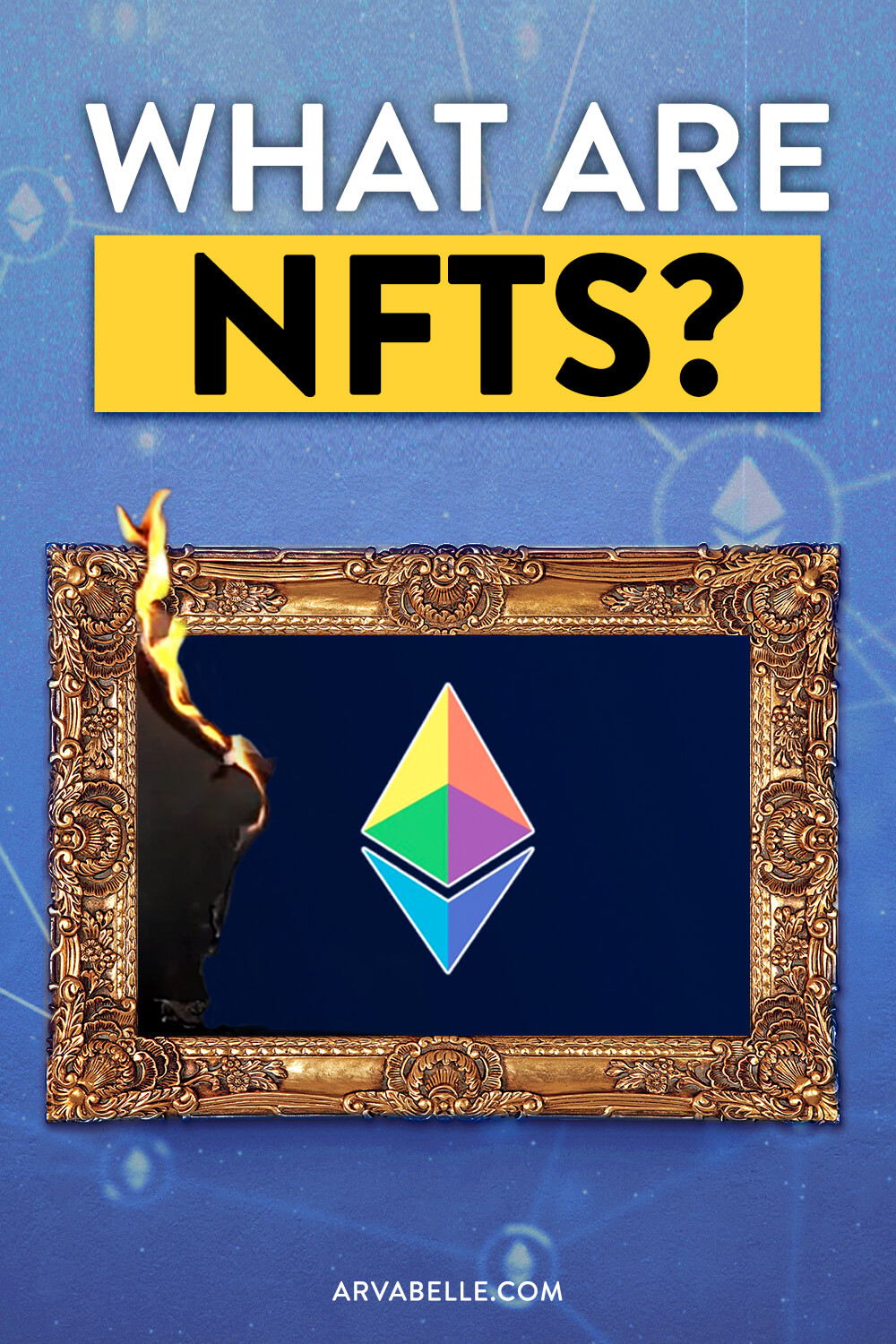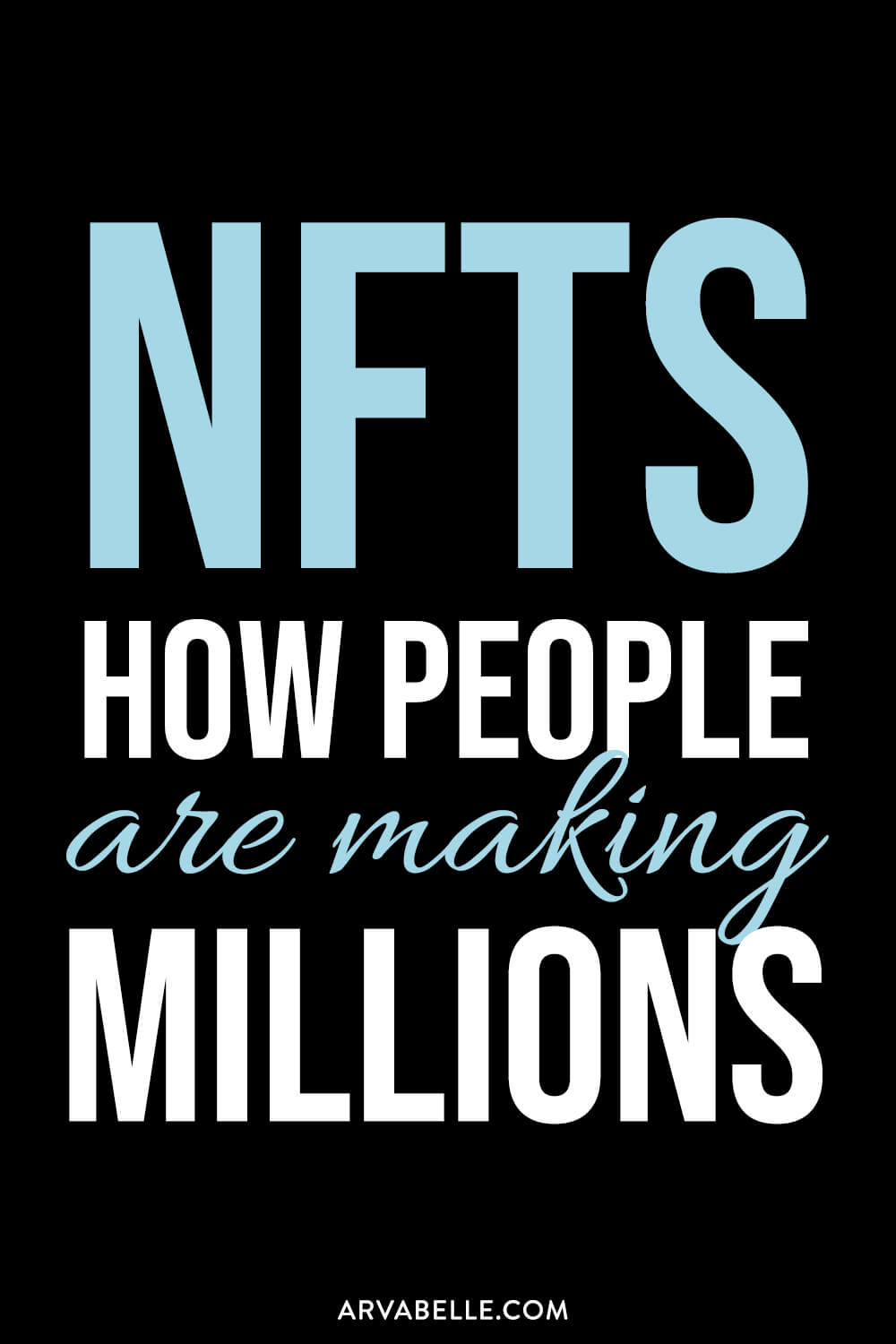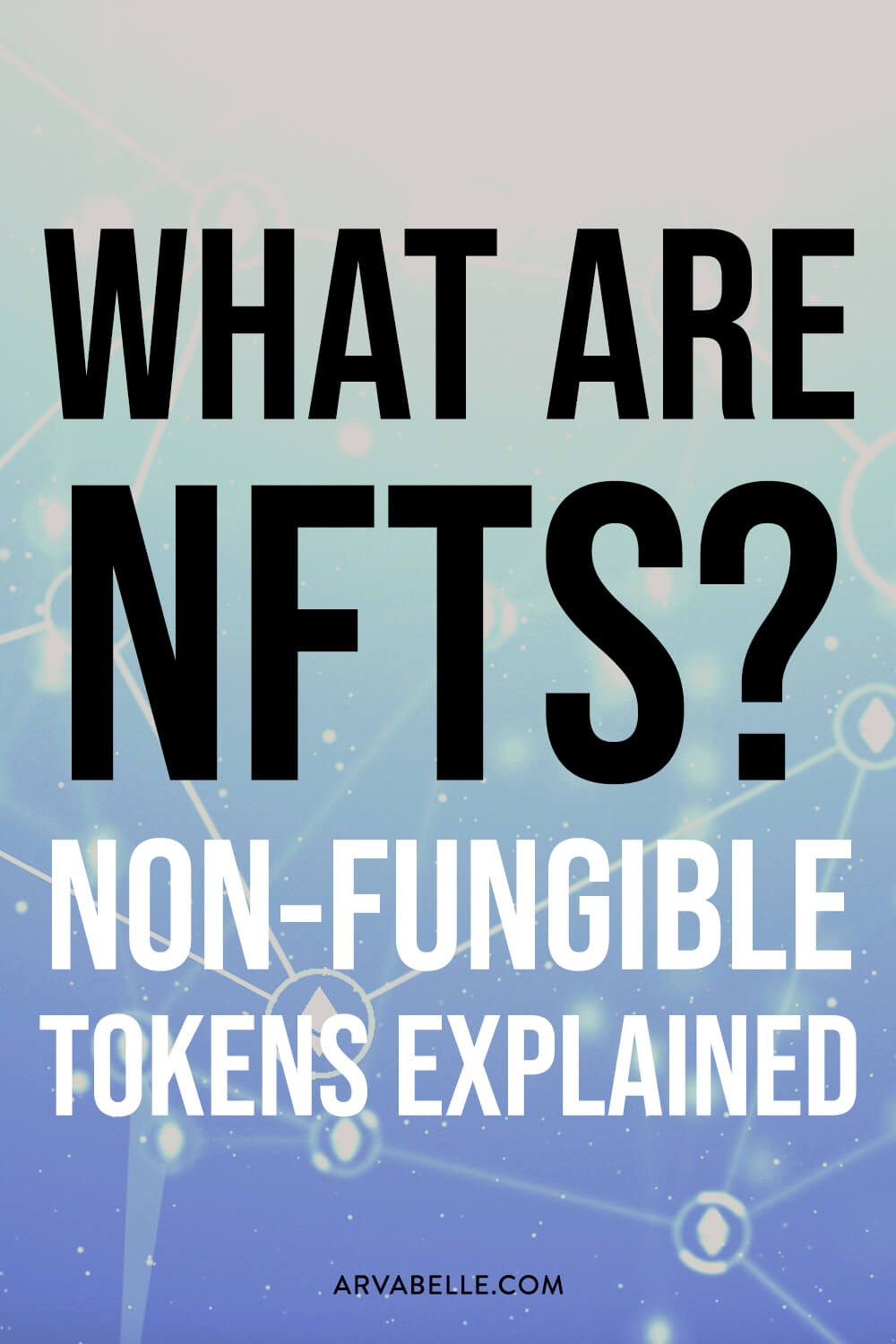If you’re into sports, art, crypto, or the stock market, you’ve probably been hearing a lot about NFTs. This is what an NFT is, and how people are making millions.
With all this hype, we’re entering into a time that feels oddly reminiscent of the late 90’s and early 2000’s.
Tech is booming, the stock market is going to the moon and Elon musk is going to mars. People are looking for pretty much anywhere to throw their money, and recently many people have been turning to NFTs.
Leaning into that 90’s/2000’s nostalgia, people are buying NFTs Logan Paul’s face on pokemon cards, playing with crypto kitties like they’re Neopets, searching for digital art on sites that look like the days of DeviantART, and paying $750,000 for pixel art that looks a lot like those custom cursors that people made in Miscrosoft paint and put on every website in the 2000s.
But wait…what the heck IS an NFT?
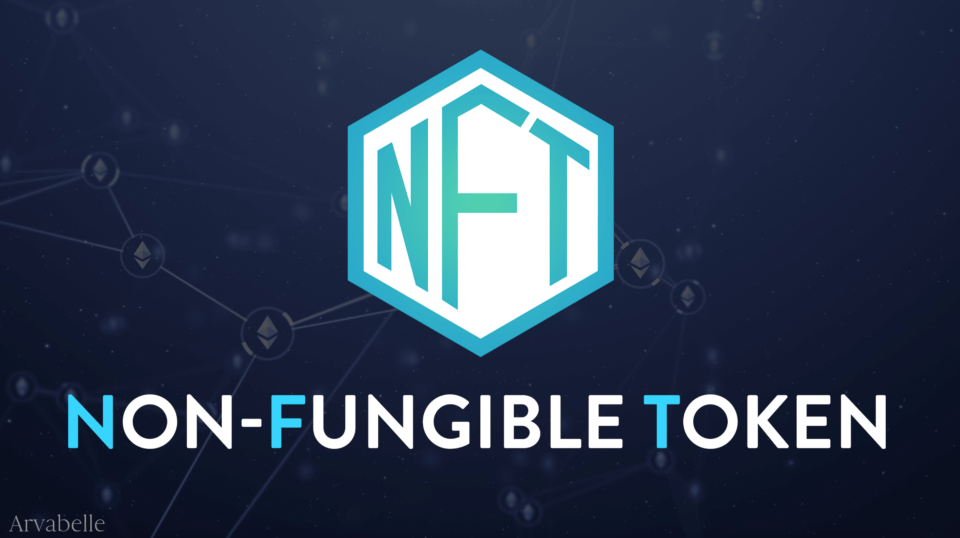
What is an NFT?
- NFT stands for Non-Fungible Token
To understand what this is, let’s first break down this term.
Something that is fungible, in a very simple sense, is something that can be traded for an equal and pretty much identical exchange of value.
For example, if I have a $1 bill and you have a $1 bill, we can trade dollar bills and neither of us is going to care. It doesn’t actually matter which of the physical dollar bills either of us has, it’s still a dollar. We can replace one dollar bill with the other – but it’s still $1.
Things are non-fungible would be things like art, or baseball cards, or your house.
One art piece is not equal to every other art piece, and one house is not equal to every other house. If we try to trade those, that’s not going to be an equal exchange of value.
Even if we have the same asset, for example the same trading card, It’s unlikely that the value of those is exactly the same. The value may depend on the condition, the placement of the print, or when each of our cards were produced. This exchange would not be equal either.
With NFTs, we’re talking about the same thing, but primarily with digital assets. (Digital art, upgrades and accessories in games, and even video clips of sports events).
In the digital world, there hasn’t been an easy way to prove ownership of something. You can save a JPG off of Google, and the file is just there…but you don’t really “own” it.
This is where the “token” part comes in.
Think of a non-fungible token like a little digital authenticity certificate that verifies:
- Where the digital art came from
- Past history and ownership
- That yes, it’s real
- Anything else the artist wants included
With NFTs all transactions take place on the blockchain.
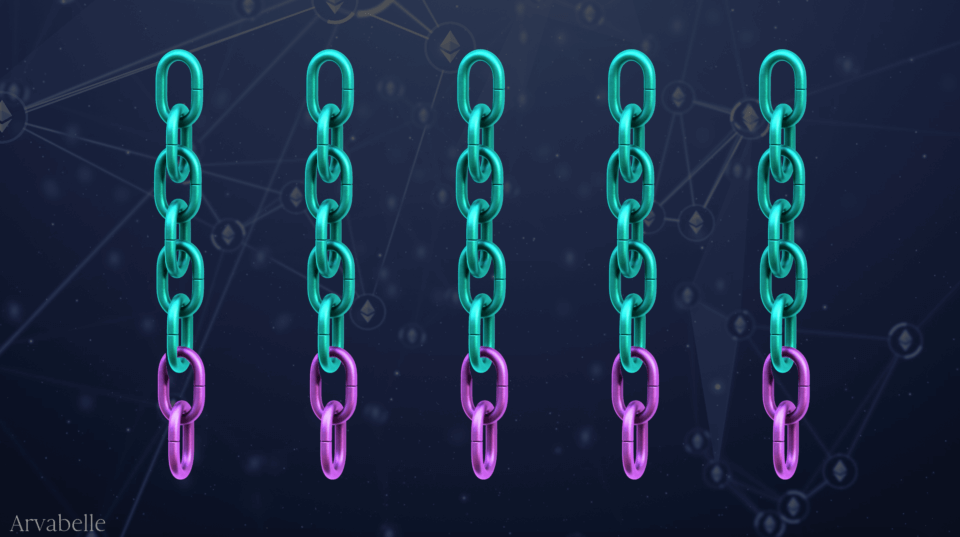
Oh gosh...what's blockchain?
Don’t worry, we’ll keep this simple. There are two main things you need to know about blockchain:
- It’s a way to keep a permanent record.
- It can be added to, but it can’t be altered.
The information about or included with an NFT is going to be part of this chain.
Many copies of this chain of information exists, and they all have to match. We can add information to this chain every time something happens. Maybe someone buys an NFT and it changes owners. That information is added across these chains, if it all matches then it’s verified.
But if someone tries to back and change information – it doesn’t work.
If someone tries to change a piece of information, the rest of that chain will change too. When it’s checked, the system will realize “hey, this one doesn’t match the others, it was hacked/tampered with”.
Because it doesn’t match all of the others, the info in this chain isn’t actually valid.
This lack of alterability is what makes it permanent.
FYI – this isn’t exactly how it works. This is an overly-simplified 40 second explanation of what happens behind the scenes 🙂
The Ethereum blockchain is what is primarily used for buying and selling NFTs. That’s why you’ll see that little “E” Ether symbol instead of something like dollars or Bitcoin.
The Birth and Explosion of NFT's
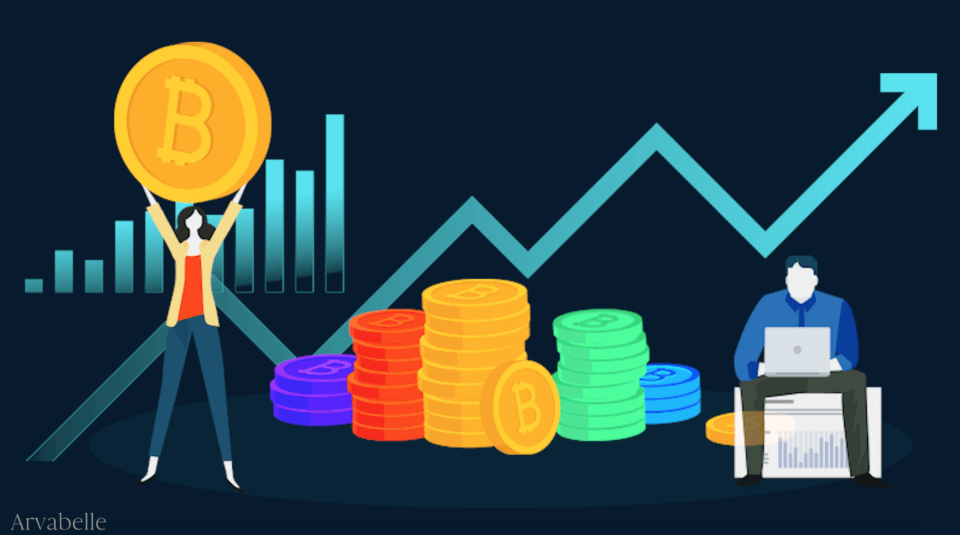
Colored Coins
Colored Coins were created on the Bitcoin Blockchain, With colored coins, the goal was to create a token that was associated with something in the real world – stocks, bonds, real estate, other currencies, etc.
There were several flaws with Colored Coins – but the main problem was that the Bitcoin network wasn’t really built to handle developers adding this extra layer.
However this did open up more exploration of the concept of NFT’s.
Spells of Genesis
In 2015, Spells of Genesis became the first blockchain based mobile game.
It was a crossover between arcade style games and a trading card game and really put emphasis on the user accumulating in-game collectibles. What was important about Spells of Genesis was that it allowed you to buy their game assets on the blockchain.
Rare Pepe
With this idea of “owning” a digital asset, the ability to buy Rare Pepe memes emerged.
This happened around the time that this whole NFT space started shifting over to the Ethereum blockchain.
Moving from the Bitcoin blockchain to the Ethereum blockchain provided a more flexible base for developers to start building off of. In other words, the Ethereum blockchain was better equipped to handle extra layers being added on top of it.
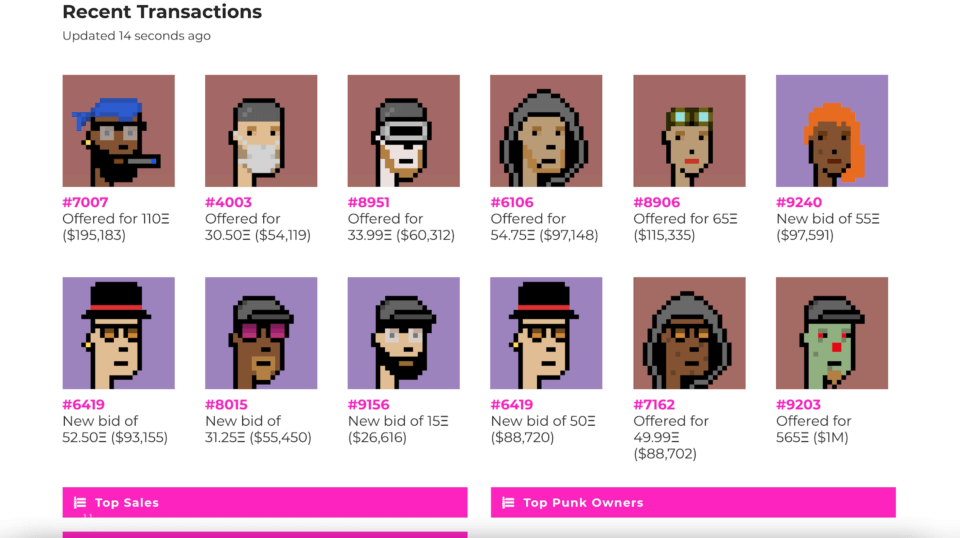
Cryptopunks
As the Rare Pepe meme craze took off, Cryptopunks emerged which were unique pixel art characters that you could own.
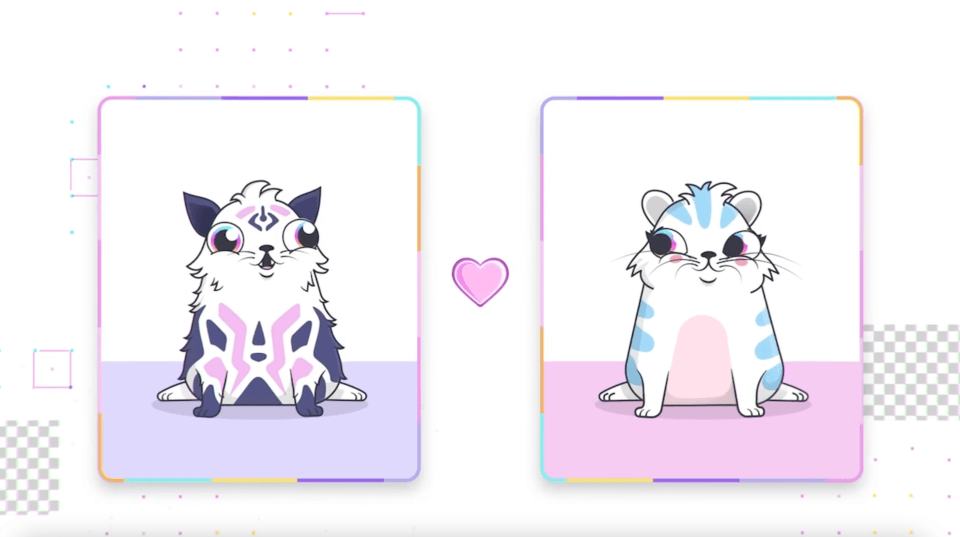
Cryptokitties
Then comes October of 2017. CryptoKitties. The first NFT to really gain mainstream media attention. CryptoKitties are digital cats that you can buy, trade, and even breed.
The breeding of CryptoKitties created a new element in the NFT space. Essentially, if you owned two of these NFT’s, you could “breed” them, and generate a third, one-of-a-kind NFT.
As CryptoKitties gained attention in mainstream media, the volume of Ethereum transactions skyrocketed, and started majorly congesting the network.
This meant that transactions were extremely slow. Some people had to wait days for their transactions to go through. This ended up causing the CryptoKitty bubble to pop, and trading volume eventually returned to more normal levels.
CryptoKitties are still around today – people are still buying and selling them. The team behind CryptoKitties – Dapper Labs, is actually the same team that is now behind NBA Top Shot, where you can buy digital basketball highlights.
Honestly going from selling digital Neopets-esque cats to getting a business contract with the NBA – that’s a solid move.
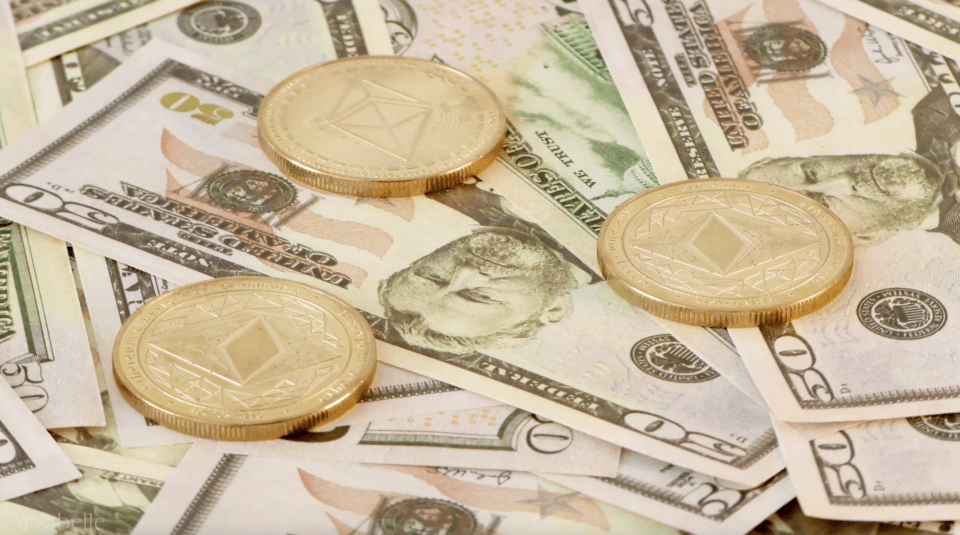
Application & Future of NFTs
So other than buying sports highlights, what other applications do NFTs have? Well another booming area is digital art.
Traditional art has obviously been around and collected for centuries, but we’ve really never had a way to own or prove ownership of digital art. With marketplaces like SuperRare and OpenSea, you can now own art pieces from your favorite digital artists.
Unlike traditional art, when an artist decides to make an NFT, they now have the option to earn money from future sales. If one collector buys the piece from the artist, and another collector buys it from them, the artist can set a percentage of that sale that they’ll receive. They can set this amount when they first create their NFT.
Recently, a piece from the artist Beeple sold for a record-breaking $69 million.
Why are people paying so much for NFTs? Good question.
If art comes with “unlockables” so for example the source file all of the digital painting’s layers, I can definitely see the value of that. Some NFT’s come with some copyright or distribution rights. Others come with a physical limited edition print – again, makes sense why people might be willing to pay for that.
However, some people are just selling random JPG or video files as NFTs. As it stands I personally think the value of just selling a JPG as an NFT is still bit questionable…but to each their own.
Other areas where NFTs are gaining traction are the music and film industries.
Grimes has sold over $6m in NFTs – mostly short videos with music. Kings of Leon released an album as an NFT which includes a digital album download, and you can use it to redeem a physical limited edition vinyl.
Piracy and bad deals with record labels and production studios have always been a major problem in music and film. NFTs could provide a potential way to bypass the middle man (aka the labels & studios), and could give artists a greater potential to distribute music and films themselves.
Big companies like Nike are also getting in on the action. Nike has patented “CryptoKicks” or basically NFT’s for shoes. It can be associated with an actual physical pair of shoes, and you’ll have a digital version of it.
(But apparently you’ll also be able to breed your shoes?? I guess someone at Nike was in on the original CryptoKitties craze.)
Another potential integration for Nike could be using the shoes in virtual games. I don’t know if that’s actually going to be part of it, but I’m sure they could add that if they wanted to.
So there are a lot of potential directions that NFTs could go in, but there are also some problems with NFTs.
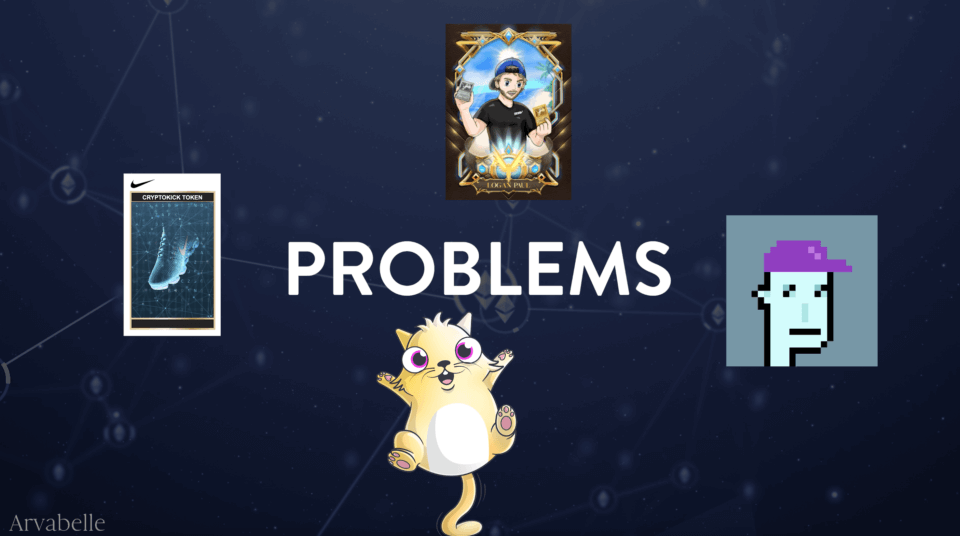
Problems with NFTs
People have already written tons of articles on the potential environment impact of NFTs, but I want to focus more on the logistic side.
One problem with NFT’s is that yes the whole transaction aspect is decentralized, but some of the value of the NFT is centralized in a sense. If you buy a game asset like armor for a character for example, if the whole game shuts down and goes away, sure you still own your NFT, but is there actually any value in it if you can’t use it anywhere?
Other than this NFT that essentially means that you own an official version of this piece, what you can actually do with that is a little bit limited. The original artists still own the copyright and the distribution rights.
***This definitely not legal advice in any capacity
For digital art that means that you can’t buy a bunch of NFTs, then go and open your own physical store and sell prints of all those NFTs. You don’t have the right to redistribute that art unless those rights were specifically included in the NFT – which in many cases they’re not.
Same thing with music – you can’t go buy NFTs of songs, have those made into records, and then go and open a record store. Again, you don’t own the copyright or distribution rights.
That’s nothing new – we’re used to that with physical art and music from other platforms.
But this also leads to some legal questions and issues that aren’t exactly clear. Especially regarding copyright and intellectual property (or “IP”).
Some marketplaces like SuperRare go through a screening or vetting process of the artists they allow on the platform. It’s not open to any random person registering anything as an NFT.
However some platforms don’t have a screening process at all, which is where the problem comes in.
This can apply to any category of NFTs, but let’s stick to digital art.
If you draw digital fan art of Harry Potter or Thor, that’s totally fine if you’re keeping the art for yourself. But even though you drew it, you’re not actually supposed to resell it.
They’ve copyrighted and trademarked the heck out of the Harry Potter and Marvel universes. Those characters are most definitely intellectual property of their respective parent companies.
So what do you do if you buy a fan art NFT, and then the original artist gets in trouble for copyright infringement? How will that effect the NFT you bought?
What happens if a person steals someone else’s art, and uploads it on an NFT marketplace that doesn’t have any sort of screening or acceptance process?
On top of that, if we’re talking about collectibles in this decentralized global marketplace, how and who actually enforces copyrights, patents, and things of that nature?
So what do you think?
Is this the future of online art, music, and gaming? Is it completely stupid? Or are we just living in an episode of black mirror?
